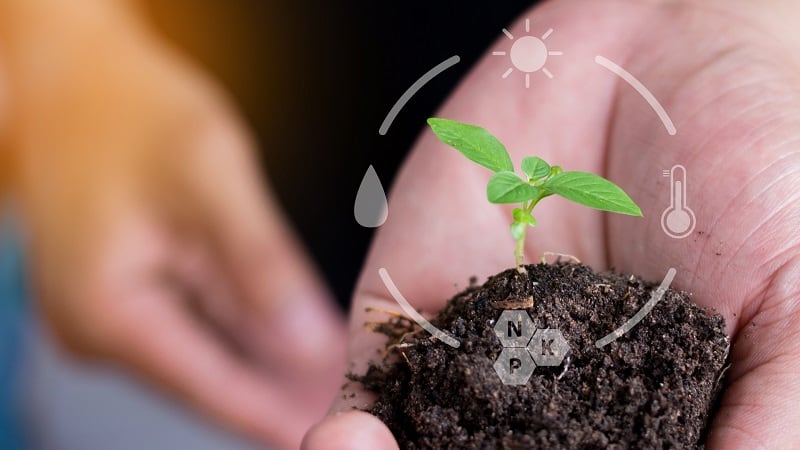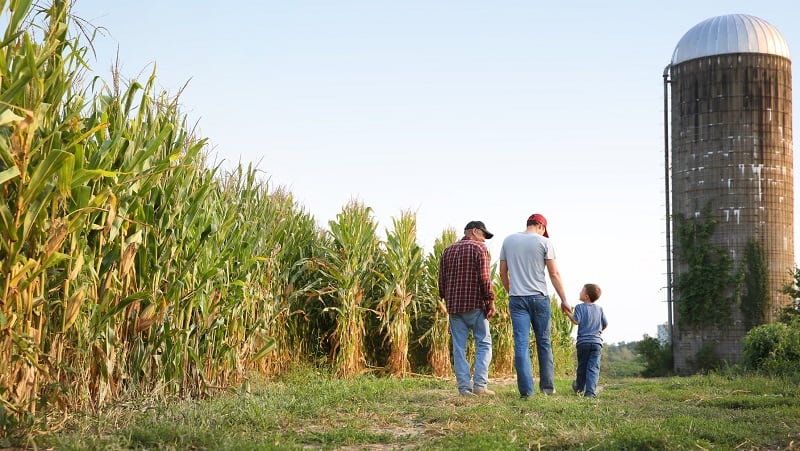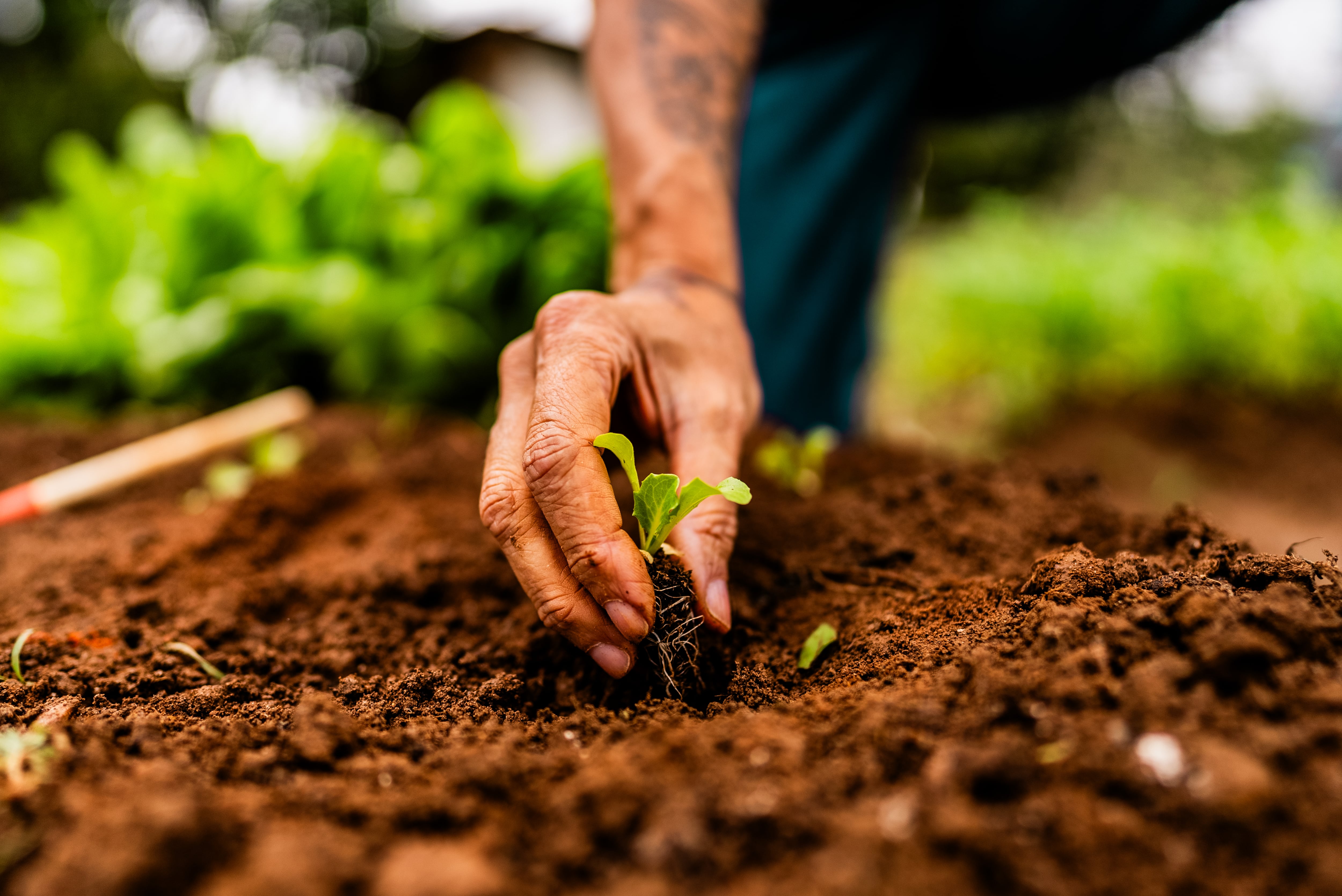Agtech veteran Jorge Heraud is hitting the ground running with his new company, TerraBlaster, with an oversubscribed pre-seed round, led by Khosla Ventures with participation from Bidra (the corporate venture arm of the OCP Group), The Reservoir, and Trailhead Capital.
Launched earlier this year, TerraBlaster uses laser-induced breakdown spectroscopy (LIBS) to analyze soil health, Heraud told AgTechNavigator.
The agtech start-up takes a pulse laser to heat up a tiny spot of soil — less than a square millimeter — to break down ions, Heraud said. Then, a device can measure the frequency of the ions breaking down, indicating various soil macro- and micronutrients, he added.
“With this measurement, we get the full spectrum that includes basically all the elements. That is something that farmers would find interesting because [it] might be that you are okay in your nitrogen, but you are short on phosphorus or short on potassium or short on iron,” Heraud elaborated.
LIBS takes milliseconds to break down the ions, allowing growers to use the technology to measure soil health in real-time, Heraud explained.
“We believe that we can work up to 20 miles per hour, which would be fast enough for farm speeds. ... As my CTO [says], ‘It is done at the speed of light.’ The laser takes less than a millisecond, and the measurement takes less than a millisecond,” Heraud elaborated.
Heraud is no stranger to the agtech industry, having served as the co-founder and CEO of Blue River Technology for nearly 13 years before John Deere acquired the company in 2021. Additionally, Heraud is on the board of specialty crop automation company Agtonomy, which recently partnered with original equipment manufacturer Kubota.
TerraBlaster’s next steps: Build the prototype, team
With the funding, TerrraBlaster is developing a prototype device that can measure soil health to test in the field, Heraud explained. The agtech start-up is set to test its first device in Iowa this fall and expects to do more tests next year, he added.
Additionally, TerraBlaster plans to double the company’s size from three to six or seven employees, as the agtech start-up lays the groundwork for raising its seed round next year, he said.
“The first thing we are going to be doing is just the measure part — that is the novel part. And we are going to have a prototype, and that is where a lot of the dollars are going to go. ... We are going to be building five different prototypes to deploy in different locations, and that measure soils in different ways,” Heraud explained.





